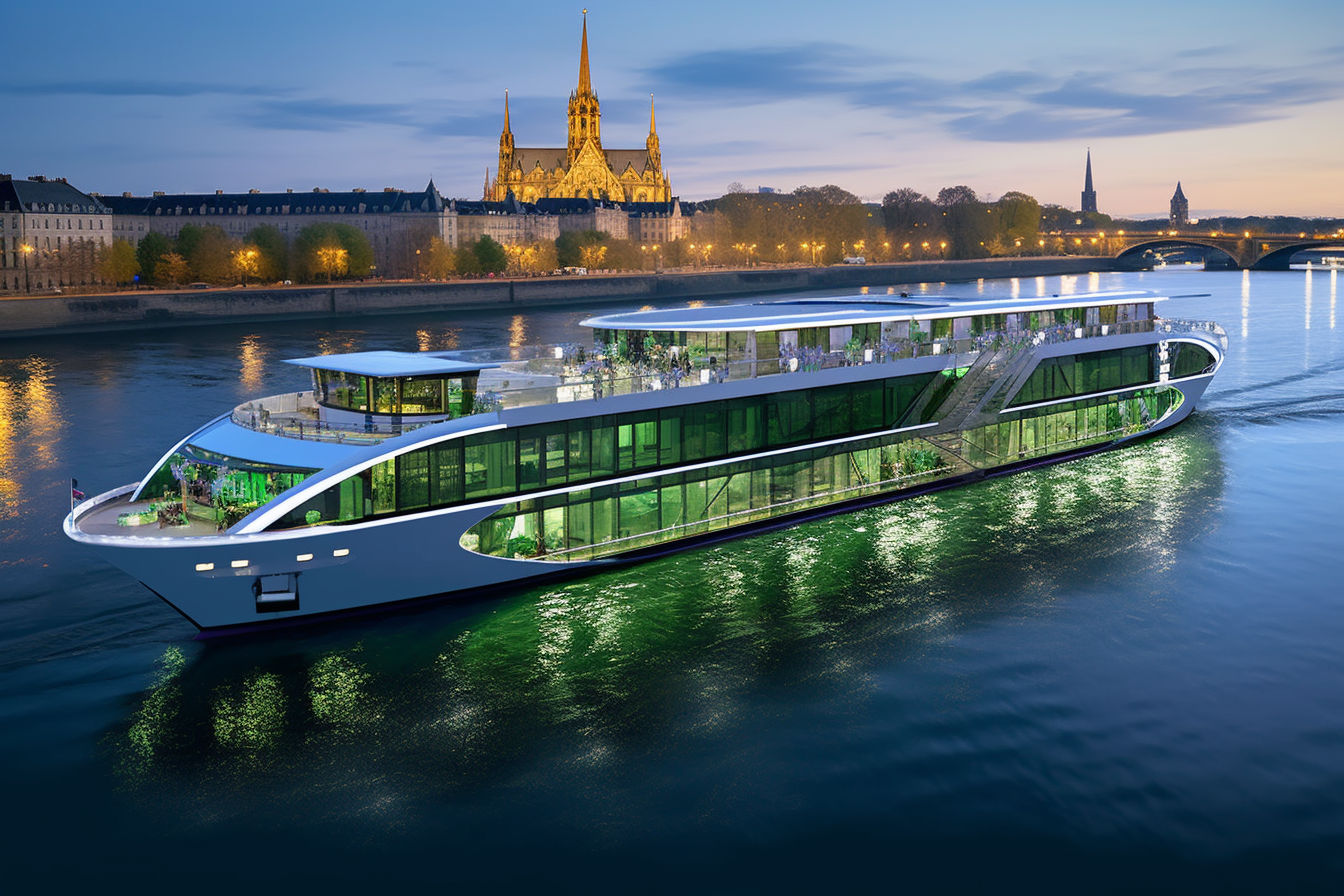Did You Know These Stunning Sights Can Be Seen Along the Danube?
The Danube River winds through some of Europe's most captivating landscapes, connecting ancient cities and revealing architectural marvels that have stood for centuries. From medieval castles perched on dramatic cliffs to baroque palaces reflecting in tranquil waters, this legendary waterway offers travelers an unparalleled journey through history and culture. Each bend of the river unveils new treasures, making it one of the continent's most rewarding travel experiences.

Stretching over 2,850 kilometers from Germany’s Black Forest to the Black Sea, the Danube River serves as Europe’s second-longest waterway and a corridor through time itself. This magnificent river connects ten countries and countless civilizations, offering travelers a unique perspective on European heritage that cannot be experienced any other way.
What Cultural Insights Await Along the Route from Passau to Belgrade?
The journey from Passau to Belgrade reveals a tapestry of cultural influences that have shaped Central and Eastern Europe for millennia. In Passau, Germany, travelers encounter the confluence of three rivers and witness baroque architecture that earned the city its nickname as the “Venice of Bavaria.” The Gothic St. Stephen’s Cathedral houses one of the world’s largest church organs, creating an acoustic experience that resonates through centuries of musical tradition.
Moving downstream, Vienna presents imperial grandeur through its Habsburg palaces and coffeehouse culture. The city’s musical heritage comes alive in venues where Mozart and Beethoven once performed. Budapest follows with its dramatic parliament building and thermal baths that have welcomed visitors since Roman times. Each stop along this route offers distinct cultural perspectives, from Germanic precision to Hungarian passion, creating a comprehensive understanding of European diversity.
How Can You Explore Unique Local Cuisines During the Journey?
The culinary landscape along the Danube transforms dramatically as the river flows eastward, offering travelers an authentic taste of regional specialties. Austrian cuisine presents hearty dishes like Wiener Schnitzel and Sachertorte, while Hungarian stops introduce paprika-infused goulash and chimney cake that fills riverside markets with enticing aromas.
Local food markets in each port city provide opportunities to sample regional wines, artisanal cheeses, and seasonal produce. Slovak cuisine offers unique dishes like bryndzové halušky, potato dumplings with sheep cheese, while Serbian stops feature grilled meats and rakija, a traditional fruit brandy. Onboard dining often incorporates local ingredients and cooking methods, allowing travelers to experience authentic flavors without leaving the comfort of their floating accommodation.
What Historical Significance Do Key Stops Hold?
Each major stop along the Danube carries profound historical importance that shaped European civilization. Melk Abbey in Austria stands as a masterpiece of baroque monasticism, housing manuscripts and artifacts that preserved knowledge through the Dark Ages. The abbey’s library contains over 100,000 volumes, including medieval illuminated texts that chronicle centuries of European thought.
Bratislava’s castle overlooks the river from its strategic position, having served as the coronation site for Hungarian kings. The fortress witnessed the rise and fall of empires, from Roman settlements to Habsburg rule. Belgrade, positioned at the confluence of the Danube and Sava rivers, earned its reputation as the “Gateway to the Balkans” and bears the architectural scars and triumphs of numerous conquests and liberations throughout its 2,300-year history.
What Travel Logistics Tips Ensure a Smooth Journey?
Successful navigation of travel logistics begins with understanding seasonal variations along the Danube. Spring and autumn offer optimal weather conditions and fewer crowds, while summer provides longer daylight hours for sightseeing. Water levels can affect itineraries, particularly during late summer when drought conditions may require route modifications.
Packing considerations should account for variable weather patterns and multiple climate zones. Comfortable walking shoes prove essential for cobblestone streets and castle tours, while layers accommodate temperature changes from morning river breezes to afternoon city exploration. Documentation requirements vary by country, with some stops requiring valid passports even for brief port visits.
| Provider | Route Coverage | Duration | Cost Estimation |
|---|---|---|---|
| Viking River Cruises | Passau to Budapest | 8 days | €2,500-4,000 |
| Uniworld | Full Danube Route | 15 days | €4,000-7,500 |
| AmaWaterways | Vilshofen to Belgrade | 11 days | €3,200-5,800 |
| Emerald Waterways | Budapest to Black Sea | 12 days | €2,800-4,500 |
Prices, rates, or cost estimates mentioned in this article are based on the latest available information but may change over time. Independent research is advised before making financial decisions.
How Does Personal Growth Through Travel Manifest on the Road?
Travel along the Danube creates opportunities for personal development that extend far beyond typical vacation experiences. The river’s multicultural environment challenges preconceptions and encourages adaptability as travelers navigate different languages, customs, and social norms within a single journey. This exposure builds cultural competency and communication skills that prove valuable long after returning home.
The slower pace of river travel allows for reflection and mindfulness that modern life often lacks. Watching landscapes change gradually from the deck of a vessel provides time for contemplation and stress reduction. Many travelers report gaining new perspectives on their own lives and priorities after experiencing the historical continuity and cultural resilience demonstrated by Danube communities.
Interactions with local guides and fellow travelers from diverse backgrounds foster empathy and global awareness. The shared experience of discovering new places creates lasting connections and often leads to lifelong friendships. These human connections, combined with exposure to centuries of art, architecture, and tradition, contribute to personal growth that continues to influence travelers’ worldviews for years to come.
The Danube River offers more than scenic beauty; it provides a transformative journey through European civilization that enriches understanding of history, culture, and personal potential. From the baroque splendor of Austrian cities to the dynamic energy of Belgrade, each mile reveals new wonders that make this waterway one of Europe’s most rewarding travel experiences.




